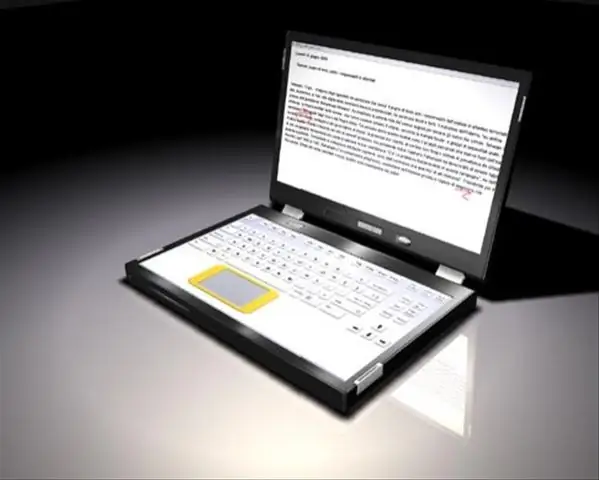Track how much memory is being used. Surely, while working with a laptop, you open several applications. And each one takes up a certain amount of RAM. If there is not enough memory, Windows can use the hard disk - virtual memory or paging file.

Instructions
Step 1
First, see if you have free space on your disk. In the Explorer window, right-click on the drive icon and select Properties. If the free space is less than 10%, then use the Disk Cleanup button. Or manually move the files to offline storage, or you can uninstall unnecessary programs.
Step 2
If it is not a lack of free space, you may have incorrectly set the parameters of the virtual memory itself. Right-click on the My Computer icon and select Properties from the menu. Go to the Advanced tab and click the Settings button in the Performance panel. In the dialog box, go to the Advanced tab. Next, in the "Virtual memory" panel, click the "Change" button. Then find the "System managed size" parameter, select it and click OK. To avoid annoying warnings, you can click OK three times.
Step 3
Undoubtedly, the best solution to the lack of memory is to connect additional modules. But you can also increase the paging file. But in this case, you will have to get used to the "brakes" of your computer. To do this, go to "Start -> Settings -> Control Panel -> System". select the Advanced tab, in the Performance panel, click Settings and Change in the Virtual memory panel. In the window that appears, select Custom Size »(Custom size) and specify the maximum file size.






